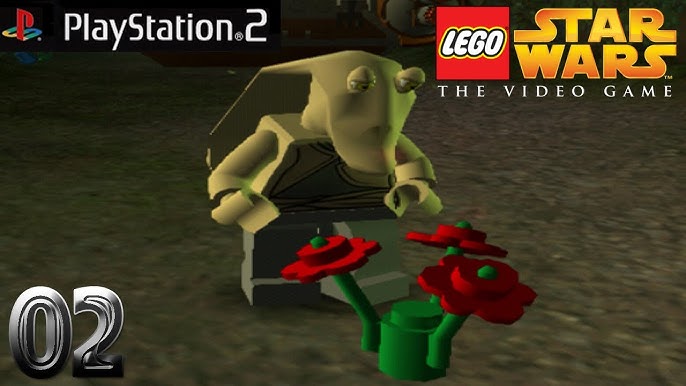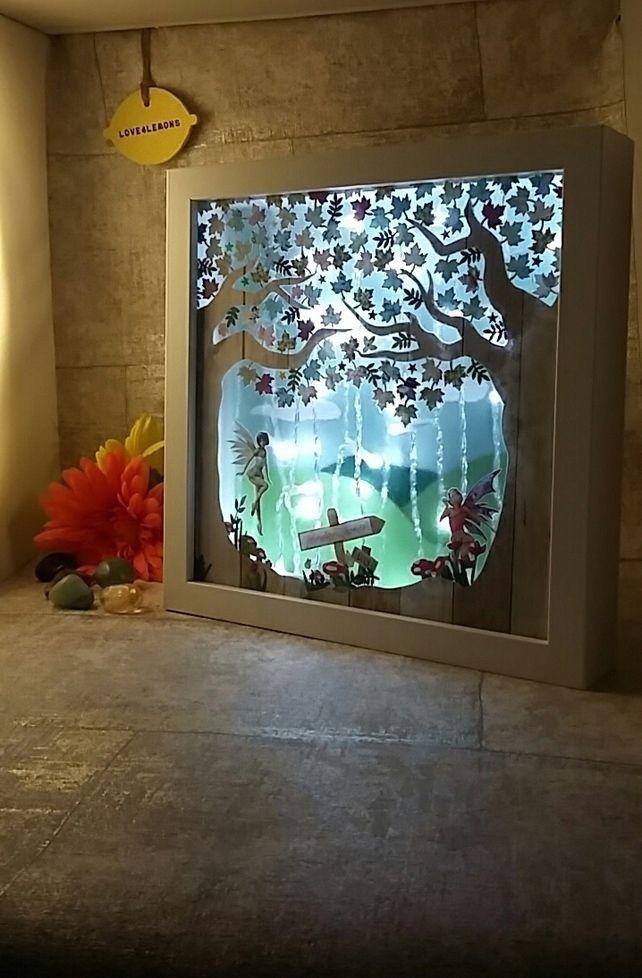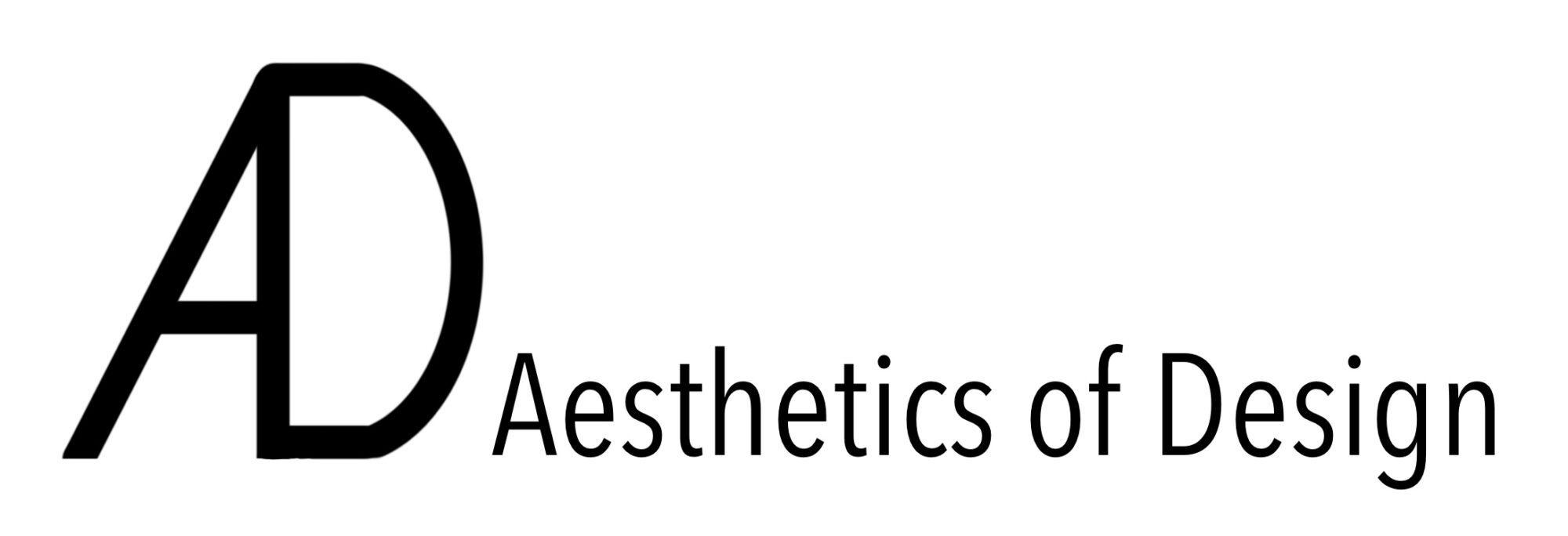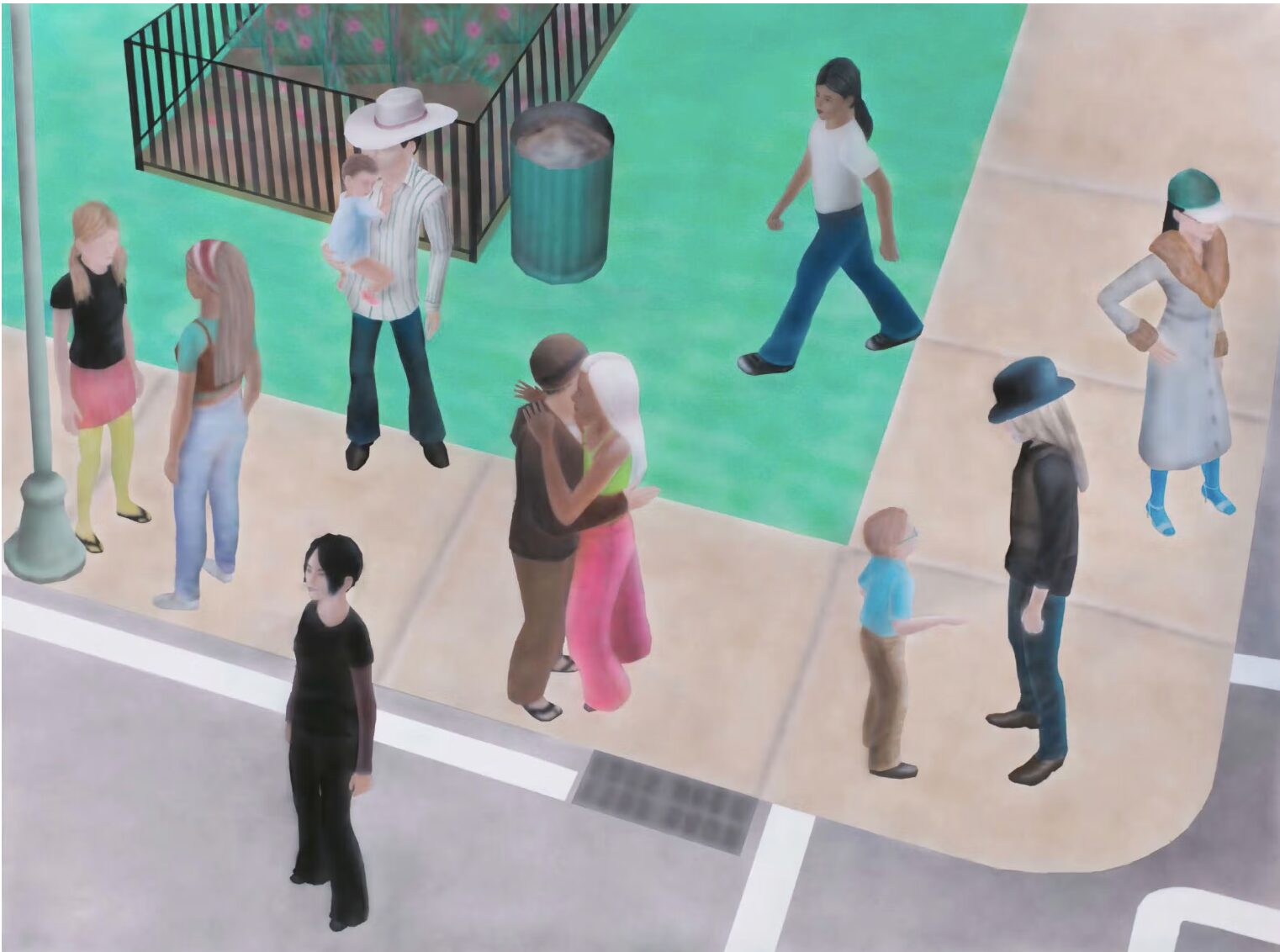For my main project I want to create a painting with an early virtual aesthetic. My inspiration for this came from an instagram post from the account @welcome.jpeg, in which they described the recent popularity of recreating the aesthetics from old video games. Artists and content creators are alluding to this aesthetic in many ways, pixelating images or clothing, fine artists painting bad graphics, people using filters to look like GTA III characters, content creators bordering photos in ancient IOS interfaces, a general obsession with the analog and nostalgic yearnings for bygone ways. For my project specifically, I want to recreate the early virtual aesthetic of Lego video games, and I want to do it through a medium that you normally don’t see virtual aesthetics in, I want to create a painting. I’ve found a photo from an old Lego Stars Wars youtube creator who used this photo as their featured image in many of their tutorials.

I really like this nostalgic virtual aesthetic and I think it would be really interesting to try and replicate with paint. As much as fun as it’d be replicate this, I’d also really like to add a touch of my own personal aesthetic. I want to find a way to add a maximalist aesthetic to this painting. I want the lego to be the statement in the painting but I’m going to add interesting shapes and patterns that clash, but also bring a cohesiveness to the piece, I want it to almost be like the lego character is floating in space with organized chaos around it. Even with all the chaos, the audience is drawn back toward a simple lego character, picking a flower. I feel like this will create a very interesting a visually pleasing painting, as well as conveying a unique message to the audience.
Interactive Element
To make this piece interactive I will be do the main painting on clear acrylic, and behind it will be a mirror, so that you can see the the reflection as you look at the piece. the mirror will peak through the paint in front of it. to make the piece even more interactive, I will also be adding some LED lights to a small space between the acrylic and the mirror, to create a light box.

This image is for inspiration and isn’t quite accurately representing what I’m going to make, but is giving the light box vibe that I am going for. If time allows I may even program the lights to turn on when motion is detected, using a motion sensor and an Arduino.
Alternatives
If I wanted something completely different from the early virtual aesthetic, I could go for a Minimalist approach. Clean lines, muted tones, and large areas of negative space would create a sense of calm and simplicity. Monochrome Painting would push that further, using variations of one color to explore depth and texture without any of the busyness of digital worlds. On the other hand, I could lean into Abstract Form — something that’s all about emotion and movement. Big sweeping gestures, layered washes of color, or delicate pencil marks could capture a feeling rather than a literal image. Even the materials could be stripped back, like working with raw canvas, plaster, or charcoal. Instead of the controlled, artificial look of early virtual art, this would be about embracing imperfection and simplicity.


2 Comments. Leave new
Hi Witt, I’m a big fan of this idea and excited to see where it goes. I’ve seen a few other Instagram accounts that do the same concept such as @Cayden.wav, and another that I can’t seem to find… I wonder if you could take it a step in a different direction and 3D print some clear lego studs to light up when walking by?
Your concept of blending early virtual aesthetics with a maximalist approach is really unique, especially using acrylic and a mirror for an interactive effect. The idea of creating a floating, chaotic yet cohesive space around the Lego figure sounds visually intriguing. How do you plan to balance the busy background while keeping the Lego character the focal point?